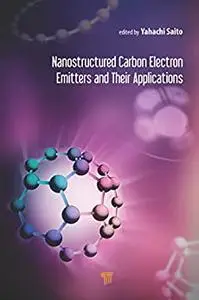Nanostructured Carbon Electron Emitters and Their Applications
English | 2022 | ISBN: 981487762X | 374 Pages | PDF True | 40 MB
English | 2022 | ISBN: 981487762X | 374 Pages | PDF True | 40 MB
Carbon forms a variety of allotropes due to the diverse hybridization of s- and p-electron orbitals, including the time-honored graphite and diamond as well as new forms such as C60 fullerene, nanotubes, graphene, and carbyne. The new family of carbon isotopes—fullerene, nanotubes, graphene, and carbyne—is called “nanostructured carbon” or “nanocarbon.” These isotopes exhibit extreme properties such as ultrahigh mechanical strength, ultrahigh charge–carrier mobility, and high thermal conductivity, attracting considerable attention for their electronic and mechanical applications as well as for exploring new physics and chemistry in the field of basic materials science. Electron sources are important in a wide range of areas, from basic physics and scientific instruments to medical and industrial applications. Carbon nanotubes (CNTs) and graphene behave as excellent electron-field emitters owing to their exceptional properties and offer several benefits compared to traditional cathodes. Field emission (FE) produces very intense electron currents from a small surface area with a narrow energy spread, providing a highly coherent electron beam—a combination that not only provides us with the brightest electron sources but also explores a new field of electron beam–related research.



